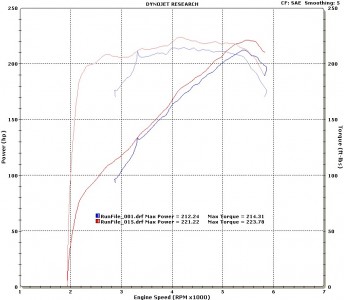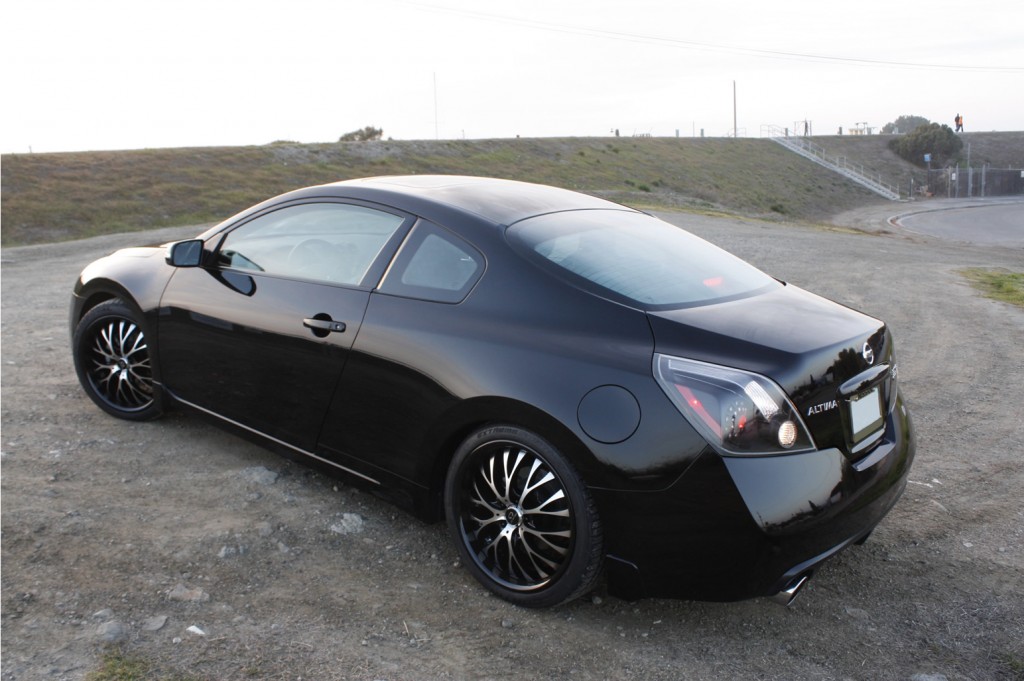
Nissan has been quietly developing its continuously variable transmission (CVT), which began with the Murano in 2003 and is now available across many of its models. With the kinks worked out in the early Muranos, the CVT roars at red-line as you punch the throttle and does not let up. And when an opportunity appears to tune a Nissan Altima 3.5 SE CVT Coupe, how can one resist?
At first glance, the Altima Coupe looks like the offspring of the Altima sedan and the G35 coupe. The front bears resemblance of the sedan, and has the rear of an Infiniti. Unlike the Altima sedan, the coupe has a shorter wheelbase and shaves off a few pounds. And the Altima Coupe, like its sedan parent, comes in two flavors: the 2.5 (QR25DE engine) and the 3.5 (VQ35DE), the latter of which develops 270hp.

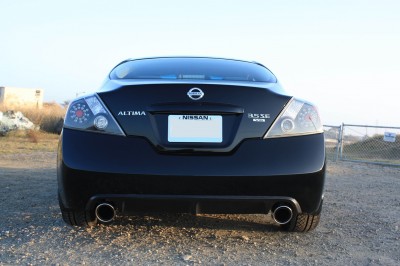
When Alex of Santa Clara brought up the idea of tuning his CVT Coupe, we knew that we were about to venture into uncharted waters. The VQ35 with a CVT posed an ominous challenge to tune, let alone dyno accurately.
Before we began, we had to prove that we could consistently dyno the car. Although the transmission has a manual mode, the gear ratios still varied within each gear. Across the web, the word was that a CVT cannot be dynoed. It seemed almost like an accepted fact. But we can now confidently say yes – it can be dynoed, although there is peculiar behavior, which cannot be ignored. This includes the transmission’s attempted to down-shift at full throttle and upshift just short of red-line. Despite this, with a little patience and great finesse, Rob and Josh found a technique to get consistent runs in 4th gear. Once we knew that it could be dynoed consistently, there was no looking back.
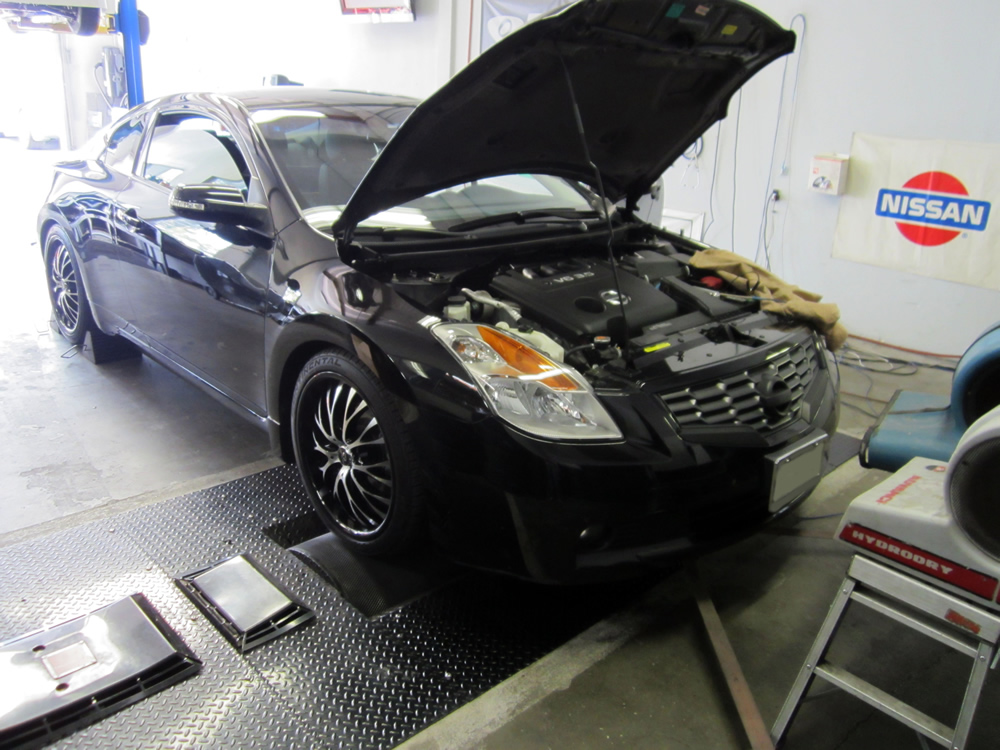
Here is a video clip of a dyno run:
Before we began the tune, we started by installing a K&N intake. The K&N air filter provides more surface area and better air-flow over the stock intake. Although no longer enclosed, the heatshield still mates with the stock air duct to deliver cold air from the outside. The overall gains from the intake were minimal at first. On its own, the intake actually caused a loss in performance in the low-end of the power-band, with some gains between 4,800 and 6,000 RPM.
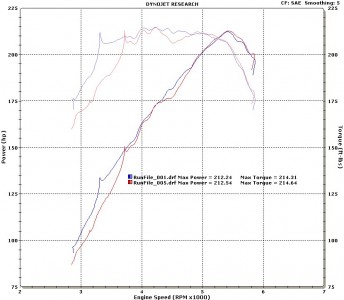
We knew that we might not see significant benefits from the intake until we freed up the exhaust. After the y-pipe install and a dyno run, we found a gain of approximately 6.5hp and 6.5 ft/lb of torque throughout the entire band.
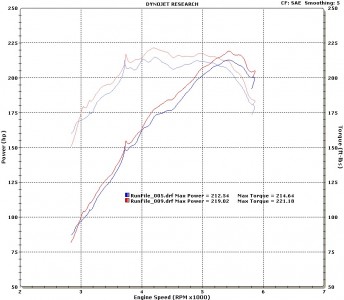
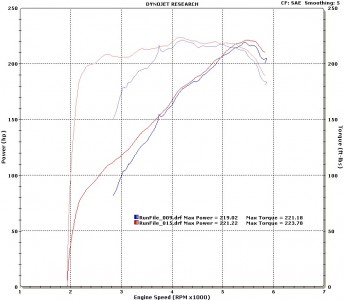
The gains were modest for a first attempt, but we made it out in one piece. How awesome it was.
